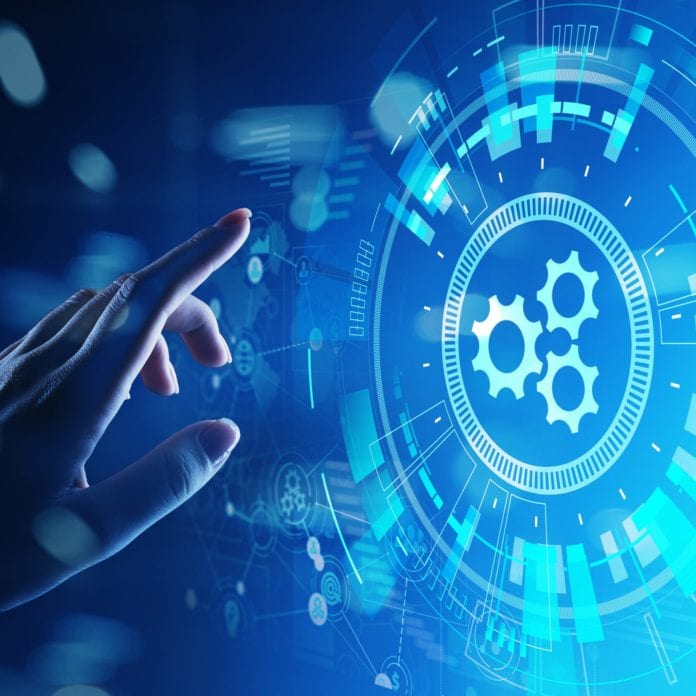How should operators handle test and measurement as network automation is introduced?
Ask any 5G operator or vendor what the operational end-state of increasingly complex network and service models is supposed to be. They’ll likely tell you the goal is to automate anything that can be automated because there’s no way for people to deliver the fully-realized vision of 5G as the engine of digital transformation. But there’s an important distinction between network automation and network autonomoy.
“It’s a fascinating question actually,” Bell Labs Senior Partner Stephen Rose said. “I think the desired end-state is fully autonomous but the problem is that’s fraught with not just technological problems but ethical dilemmas. It’s the classic case of trolleyology. Depending on what the service actually is supporting, so what the end use case is. There will be a number of key policies that will need to be set up in the network that decides whether or not the network is able to intervene or a human needs to intervene at some point or another.”
Rose gave the example of Captain Sully who in 2009 landed a US Airways Airbus A320 on the Hudson River after the plane hit a flock of geese and lost power to both engines. Everyone on board survived the emergency landing. Later simulations showed it would’ve been possible to return to LaGuardia although that didn’t take into account the time needed for a pilot to understand and action based on the circumstance and it would’ve increased the risk of a crash in a populated area. That to say, the person made a better decision than the data model as evinced by the outcome.
As Rose put it, “It was actually human intervention that saved everybody. There are serious considerations around how do you set up autonomous decision-making within this network?…Once you get that right, you can move towards the Holy Grail of fully autonomous.”
“We’ll have autonomous cars before networks,” ECSite Founder and CEO Subbu Meiyappan predicted. He said network automation is still in a “very nascent stage. Even how the physical infrastructure is being built is still very manual. Data silos are still stumbling blocks for us to get full autonomy. You cannot make decisions in isolation. I think that the networks can make decisions but, most of the time I would say those decisions will not be backed by sufficient data unless we pull this all together. At every level, before a network decision can be made for that specific use case, the data has to feed all this in. We have to learn to continuously adapt, the machine to to learn, to continuously adapt.”
To expand on the foundational procedural problem caused by data silos, Meiyappan compared the delta between test, measurement and service assurance for 4G and 5G. “4G testing was relatively a lot simpler because, again, you didn’t have a lot of NFVs, hyperscalers getting involved, and how do you virtualize. Things are getting more and more complex. If there was a problem before, [operators] used to go to the OEM and say, ‘This is a problem. Fix it.’ Now, with 5G, there are a lot of players, a lot of vendors, a lot of technology…The complexity of the problems is large. We cannot be doing testing like we did before. With 4G, there were always data silos. Whatever gets done in the field doesn’t go into network operations, and whatever network operations does doesn’t go into optimization. We cannot afford to be doing that anymore. Everybody has to have visibility of the data and the data has to be alive. We try to promote things that are visible across the board. The complexities are coming and we need to find a way to simplify things.”
Speaking holistically about how operators need to consider not just test and measurement but the technological, service delivery methods, consumption and business models associated with the move to Standalone 5G and network automation, Rose called out three important considerations. “They’ve got to set up the CI/CD environment. The test environments, the test platforms…all of those things need to be well-established because you’ve got to figure out what service you’re actually testing for. The blast radius can be exponential if you’re not careful, so you want to make sure that there are very, very well-defined policies and orchestrators that can actually manage that.”
But, like most every type of technological journey, Rose said, change is incremental. “First off, they don’t do this as a major change across the entire organization. They put it in the corner, they set up a unique organization, they set up a unique instance for that and they see actually how that works. Then they move that into, let’s say, a scalable model.”
For part one of this conversation with Rose and Meiyappan, read “How to deploy Standalone 5G—strategies and considerations.”
This discussion was hosted during Arden Media’s recent Test and Measurement Forum; click here to access content from that virtual event.

